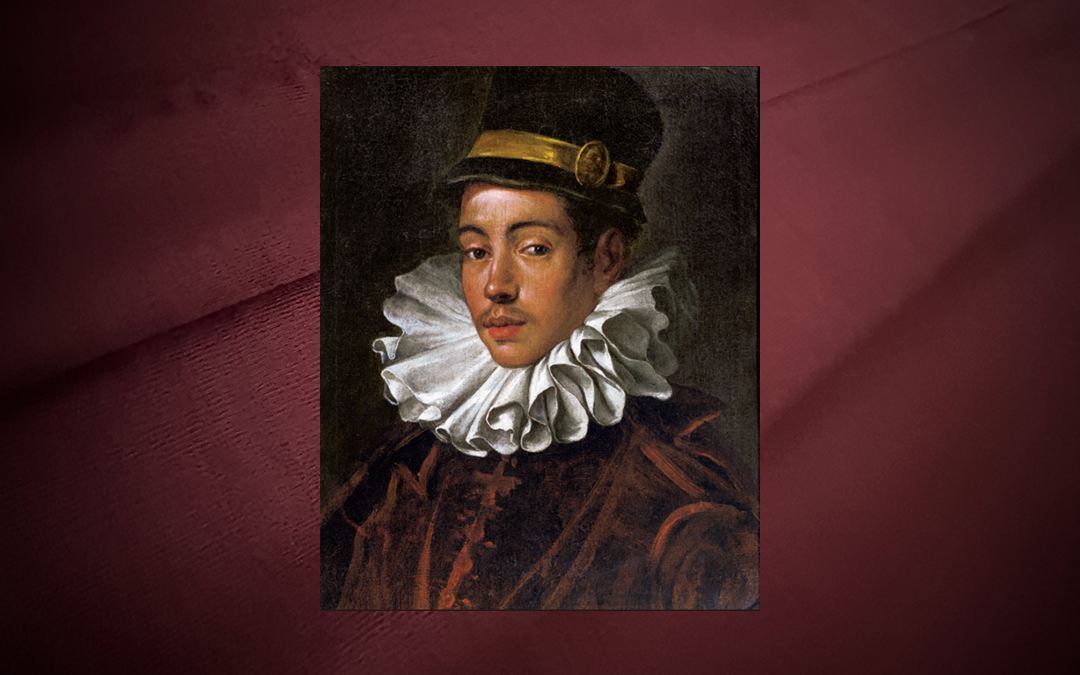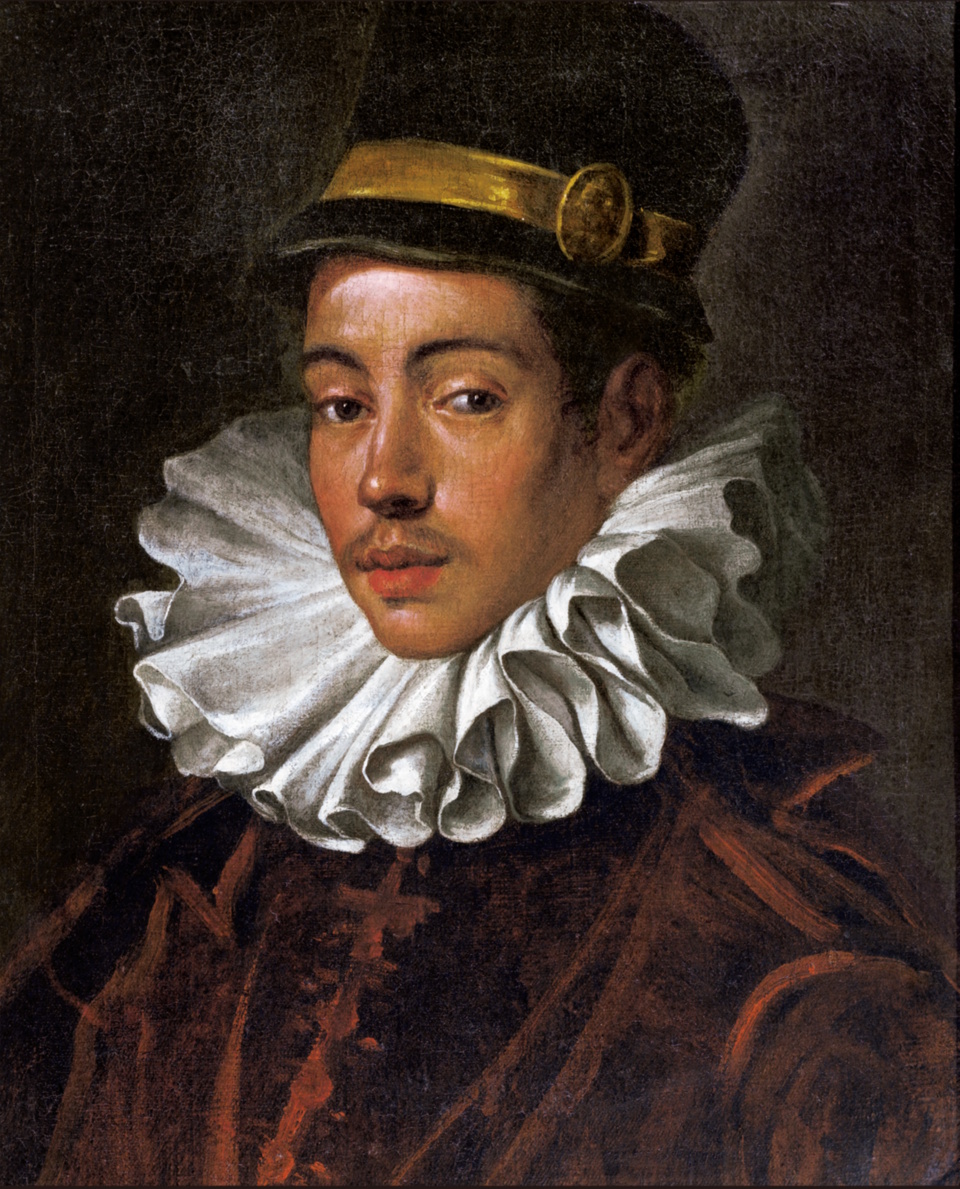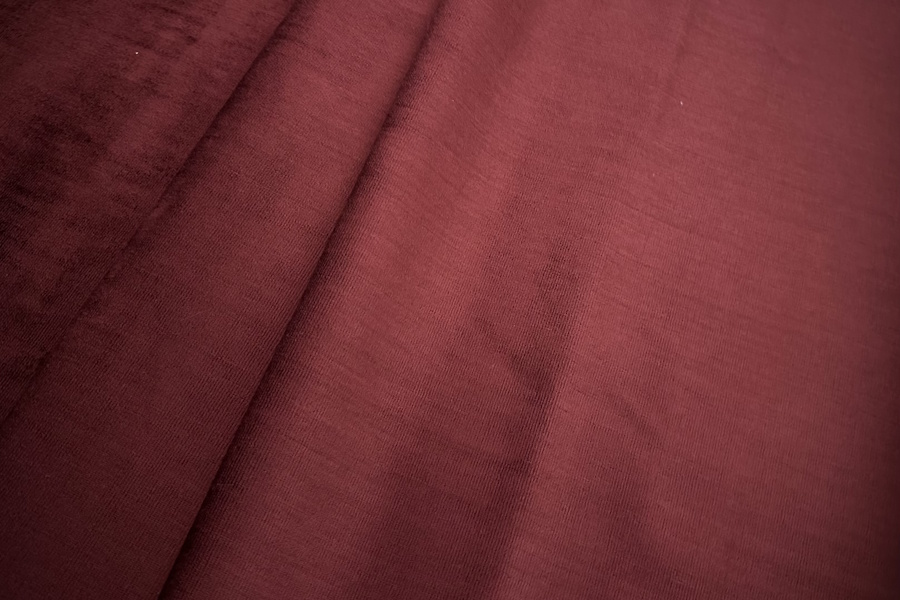Expo 2025 in Osaka serves as a bridge between cultures, connecting the past and the future. Standing out among the featured works in the Italy Pavilion is the portrait of Itō Mancio, a young 16th-century Japanese nobleman, painted by the Venetian artist Domenico Tintoretto, son of the renowned Jacopo. This painting inspired a project that also involved the Tessitura Luigi Bevilacqua. We take you behind the scenes of this meaningful initiative, documented in a video capturing its creation.
Venetian Velvet for Itō Mancio’s Outfit
In the portrait by Domenico Tintoretto, now part of the Trivulzio Collection in Milan and restored for the Expo, Itō Mancio is depicted wearing an elegant red velvet outfit in the Spanish style of the late 1500s. Thanks to a project conceived and coordinated by Fausto Fornasari, with the valuable contribution of costume historian Alessio Rosati, and in collaboration with artisans, scholars, and Italian companies, the outfit shown in the painting has been brought to life. It’s a faithful historical reconstruction, a collaborative effort in which every detail, from fabric selection to tailoring to accessory reproduction, required careful study, respect, and passion. Here, craftsmanship becomes a storytelling tool, breathing life into an ancient yet still relevant narrative. At the heart of the project is a precious velvet produced by our Tessitura, which evokes the splendor of 16th-century fashion and Venetian savoir-faire.
Portrait of Itō Mancio by Domenico Tintoretto, 1585
The Bevilacqua velvet used for Itō Mancio’s outfit is a rich garnet red, a deep, vibrant hue that was highly appreciated in late Renaissance Venice. Similar to dark red or burgundy, garnet was a symbol of nobility, prestige, and authority in European courts.
The “Spanish-style” outfit portrayed by Domenico Tintoretto not only highlighted Mancio’s high status as an ambassador, but also symbolized the cultural bridge between the East and the West—a blend of Japanese tradition and the European Renaissance that welcomed his visit with great interest. Recreating this outfit with Bevilacqua velvet adds historical depth to the project by combining superior quality and aesthetic refinement with a deep connection to Italy’s textile heritage, especially that of Venice.
Itō Mancio: A Japanese Diplomat Explores the West
Itō Mancio was a pioneer of cultural relations between Japan and Italy, especially Venice. Born in 1569 in Tonokōri, he led the first Japanese diplomatic mission to Europe, known as the “Tenshō Mission.” Alongside three other young nobles, he embarked on a cultural journey that took him through Portugal, Spain, and Italy.
The Japanese delegation arrived in Venice in 1585 and was welcomed with great honor. Venice was a sophisticated, cosmopolitan power at the time—a crossroads of cultures and a model of political, economic, and artistic innovation. To commemorate the occasion, the Venetian Senate commissioned Tintoretto to paint a portrait of the young nobleman. Now, he gazes proudly at visitors of Expo 2025 in Osaka, bearing witness to an extraordinary historical moment.
Itō Mancio’s recreated outfit, brought back to life with velvet from Tessitura Luigi Bevilacqua, is more than just a costume. It’s a symbol of exchange and dialogue, of beauty that spans the centuries, and of a meeting of two cultures shaped by Italian craftsmanship. At Expo Osaka 2025, Italy celebrates the deep cultural bond between the two nations and tells its own identity through art and artisan excellence. This isn’t just an exhibition—it’s an experience. It’s a glimpse into an Italy that continues to speak to the world, even through a piece of velvet.
Expo 2025 will be held in Osaka, Japan, from April 13 to October 13, 2025.




